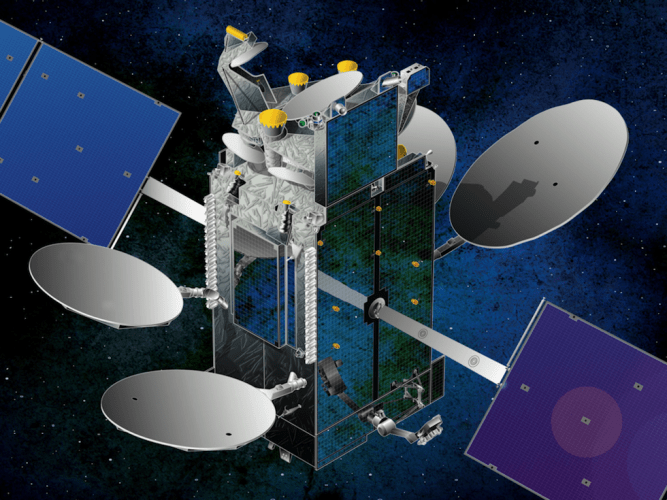International Space Station to host trial of NASA's integrated-photonics modem
Engineers at NASA are working on an integrated-photonics modem that could potentially transmit data at rates 10 to 100 times faster than today's communications equipment.

NASA’s first integrated-photonics modem will be tested in 2020 on the International Space Station as part of the agency’s multi-year Laser Communications Relay Demonstration programme.
The mobile phone-sized device incorporates optics-based functions - including lasers, switches, and wires - onto a microchip.
Once aboard the space station, the so-called Integrated Laser Communications Relay Demonstration (LCRD) LEO (Low-Earth Orbit) User Modem and Amplifier (ILLUMA) will serve as a low-Earth orbit terminal for NASA's LCRD, demonstrating further capabilities for high-speed, laser-based communications.
With missions demanding higher data rates, the need for LCRD has become more critical, said Don Cornwell, director of NASA's Advanced Communication and Navigation Division within the space Communications and Navigation Program, which is funding the modem's development.
According to NASA, LCRD promises to transform the way the agency sends and receives data, video and other information. It will use lasers to encode and transmit data at rates up to 100 times faster than today's communications equipment whilst requiring significantly less mass and power.
Register now to continue reading
Thanks for visiting The Engineer. You’ve now reached your monthly limit of news stories. Register for free to unlock unlimited access to all of our news coverage, as well as premium content including opinion, in-depth features and special reports.
Benefits of registering
-
In-depth insights and coverage of key emerging trends
-
Unrestricted access to special reports throughout the year
-
Daily technology news delivered straight to your inbox










Pipebots Transforming Water Pipe Leak Detection and Repair
Fantastic application.